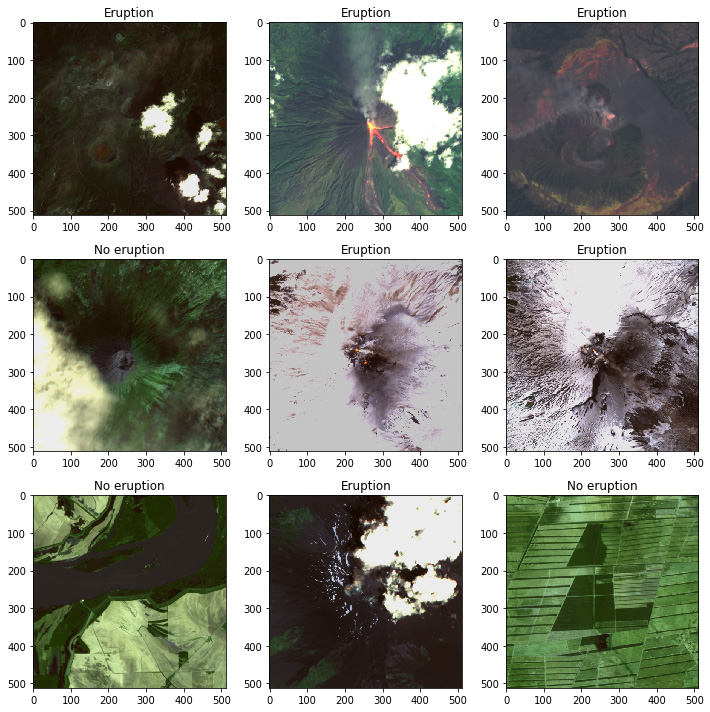Volcanic eruptions detection through Convolutional Neural Networks
Importance of the work
In the last few years, the increasing amount of available satellite data has facilitated the implementation of ML techniques to help people facing natural disasters. Among these natural disasters, volcanic eruptions continue to pose high risk, especially for people living in under-developed areas where networks of on-ground sensors are not installed. This project has been developed to show how satellite data can be used, and also mixed with other kinds of data to help improve earthquake prediction.

Overview
This research was initiated in July 2019 at ESA Φ-lab. After creating a dataset of optical satellite images containing thousands of samples both of eruptions and no eruptions in satellite data, an Artificial Neural Network was created to classify the images in the two categories required for the problem; the particular architecture for the network is the Convolutional Neural Network. This network has been trained firstly on the training dataset containing most of the samples, and then validated and tested on samples that the network has never seen before.
Findings
The network achieved good results despite the low amount of images suitable for this purpose. An example of a test on nine images is presented left: the figure shows the images with their corresponding labels, while the table highlights the differences between the label values and the predicted ones. The network is almost perfect at recognising eruptions with lava flows and quite good at distinguishing eruption smokes from clouds. This works provides a preliminary classification of the images to better recognise the ones in which a volcanic eruption is present. The prediction step will be done using the images selected by the network. Additional types of data (radar, atmospheric composition data and non-satellite data) will also be used. A predictive machine learning model on eruptions would potentially avoid catastrophic consequences in terms damage and loss of lives.
 Linkedin
Linkedin